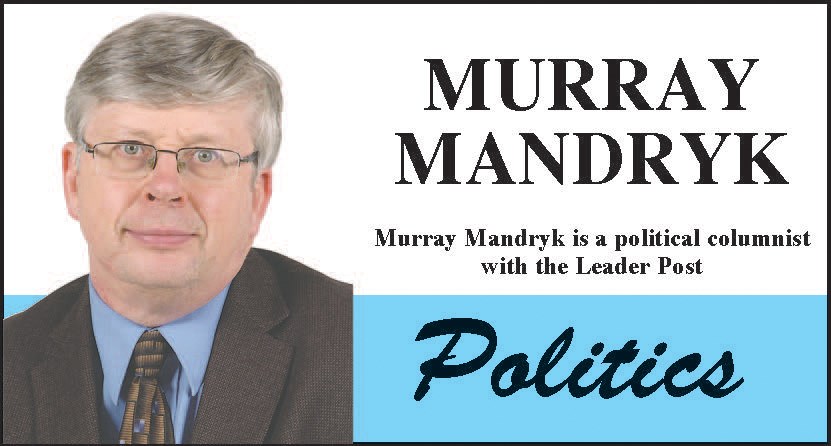We may soon see a Saskatchewan plan to re-open the economy.
After what appears to be rather promising numbers suggesting new COVID-19 cases have been reduced to low single-digits, Premier Scott Moe suggested that he would be able to move forward with a plan to “re-open” the economy.
However, he did so, ever so gently.
Moe didn’t offer many hints as to what exactly what that might look like. He likely can’t bceause it depend on a variety of factors – not the least of which would be recommendations from the Saskatchewan Health and the Saskatchewan Health Authority.
“We are only one outbreak away from interrupting those numbers,” Moe said.
Instead, Moe said any re-opening would happen in a “methodical” fashion. This suggests that whatever happens might not be all that different than what we’ve seen for the past month.
That isn’t exactly exciting news, but if this novel coronavirus has taught us anything, it should be patience.
The good news on the virus fight is that we do seem to winning here and flattening the curve.
On the day Moe made his announcement on April 13, there were only two new COVID-19 cases in the province that day (compared with 14 recoveries). The day after announcing a “methodical” plan to re-open the economy, Moe was rewarded with further good news of only one new case in Saskatchewan and nine recoveries.
At the time, it left this province with 110 “active” cases, suggesting we are flattening the curve.
However, whether we continue in that right direction is anyone’s guess.
Manitoba had no new cases the day after Moe talked about “re-opening” the economy. However, in Alberta that day, there were 138 new cases – largely because of an outbreak of 128 new cases in Calgary.
We can be cautiously optimistic, but we can’t get too far ahead of ourselves. While Moe has vowed to up testing to 1,500 a day, we don’t have widespread testing or virus tracing (critical, when trying to determine who else may be infected) or a vaccine. Sadly, we don’t know nearly as much about this virus as we need to know.
That said, we also need to get on with our lives at some point andeven if that does not necessarily mean “getting back to normal”.
“There is no magic switch that we can flip that sends everything back to normal overnight,” Moe said.
We obviously can’t go from night to day or from winter to summer. In life, there are always transitions like dawn and spring.
But in that vein, we need to recognize that what drives the economy of a still rural-based economy are critical industries that have, largely, always practiced social distancing by their nature.
Farming and spring seeding are largely that. So is oil, gas and – to a large extent – potash mining.
Much praised – and rightly so – is being heaped these days on nurses, doctors and other health care workers as essential services. But consider for a moment how essential food production is right now. Consider that our crops and potash mean to tropical island/ resort destinations that don’t necessarily grow all of their own food and don’t have the tourism dollars but still need what we produce.
Sure, faming is not necessarily inhibited by current social distancing regulations, anyway. The more important point, however, is really that we do need to think about “methodically” moving forward with “a plan” to re-open the economy.
If we can find a way to allow high-traffic grocery stores to remain open, can we not do the same thing for lower volume retail or even service sector business if we are seeing evidence of reduced transmissions?
We can move forward. We need to move forward.
Murray Mandryk has been covering provincial politics since 1983.




